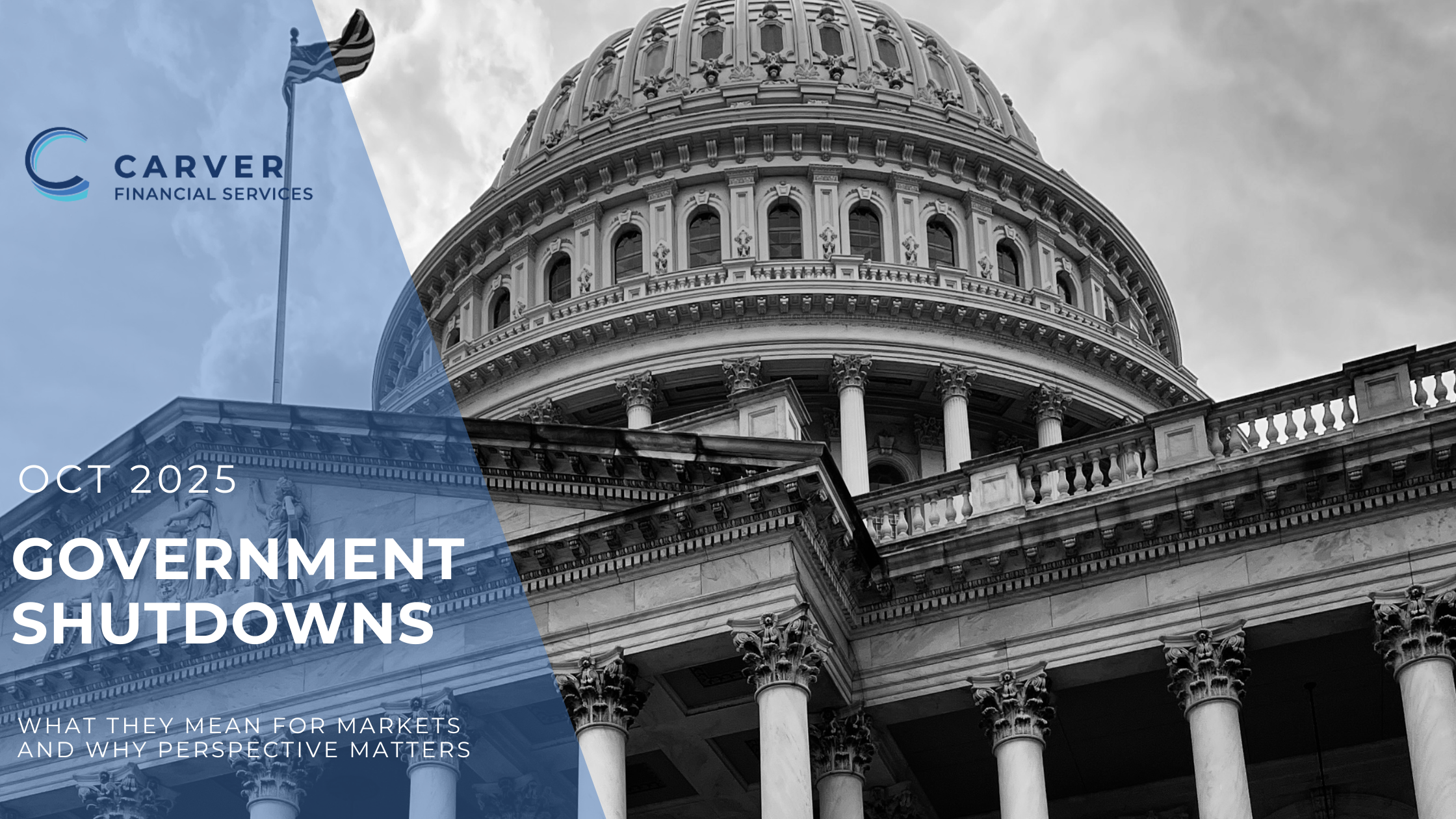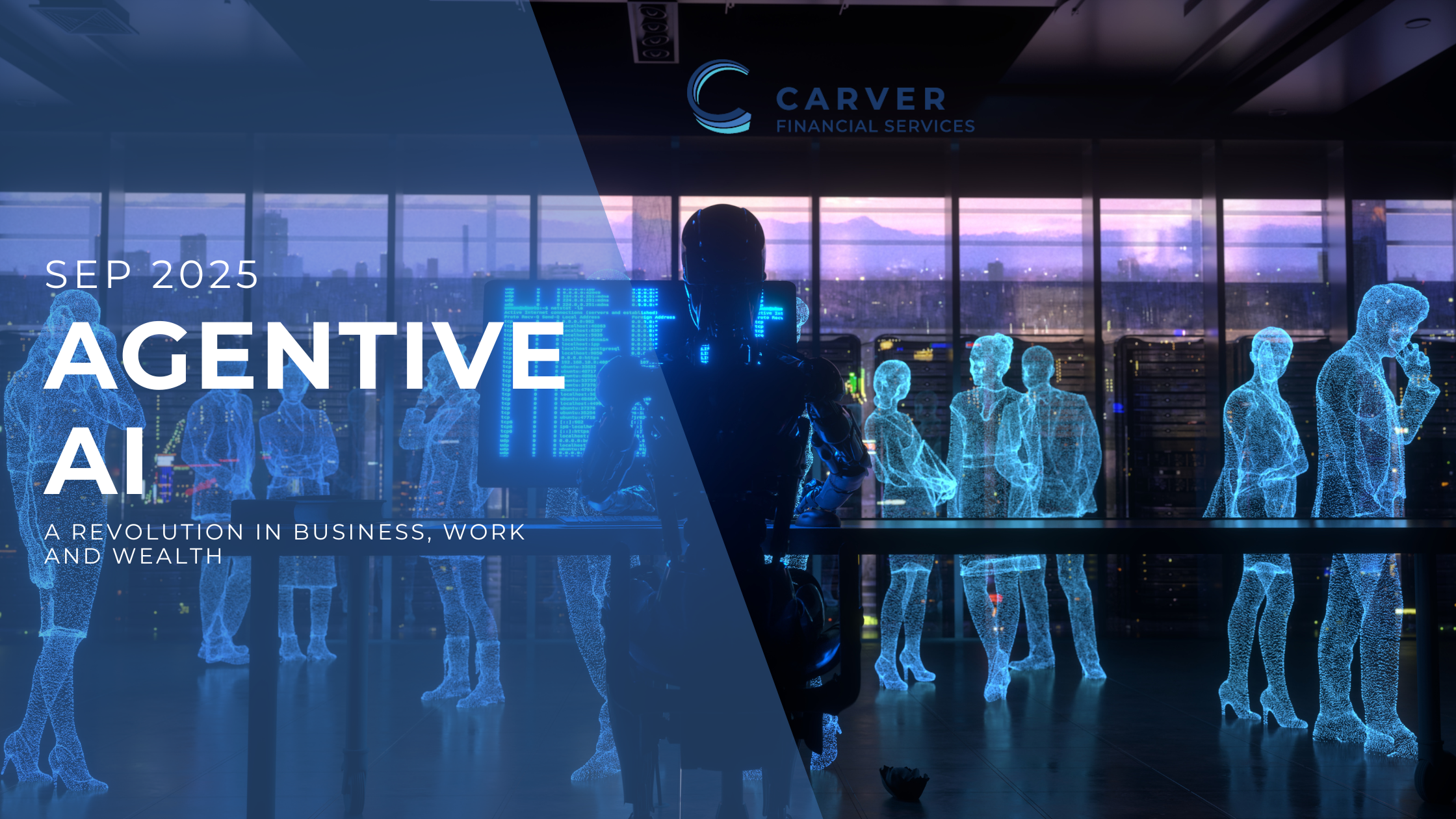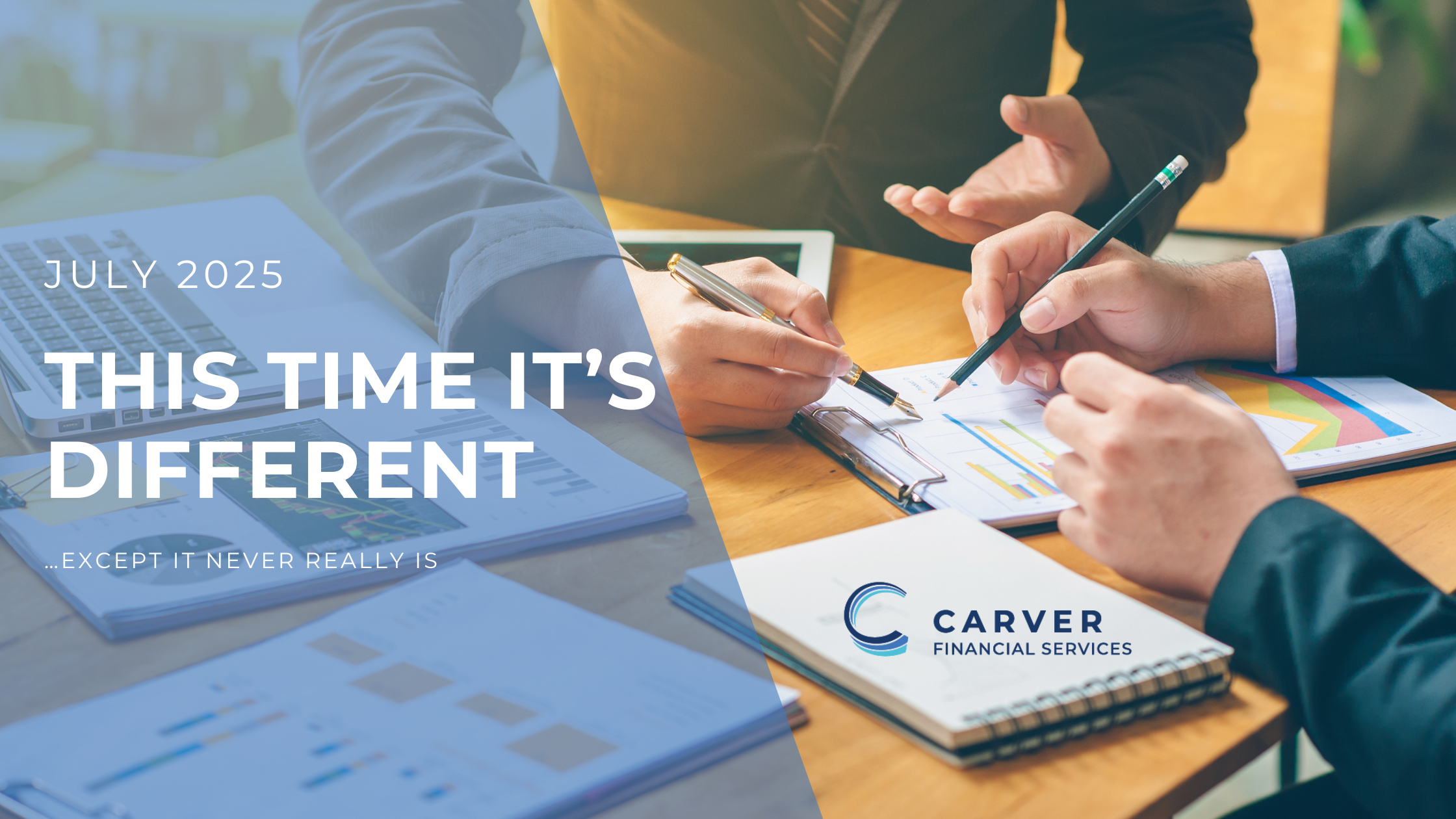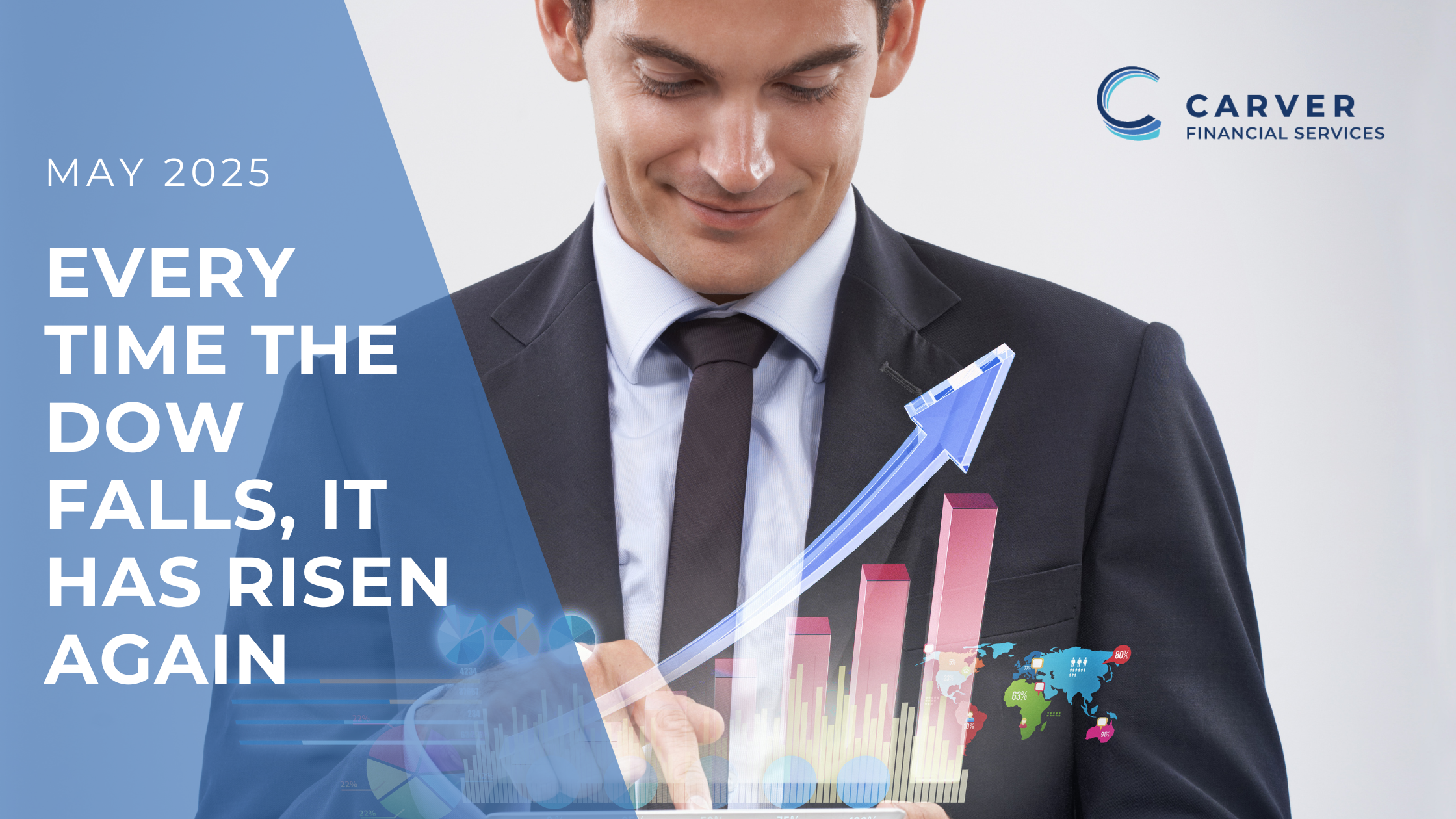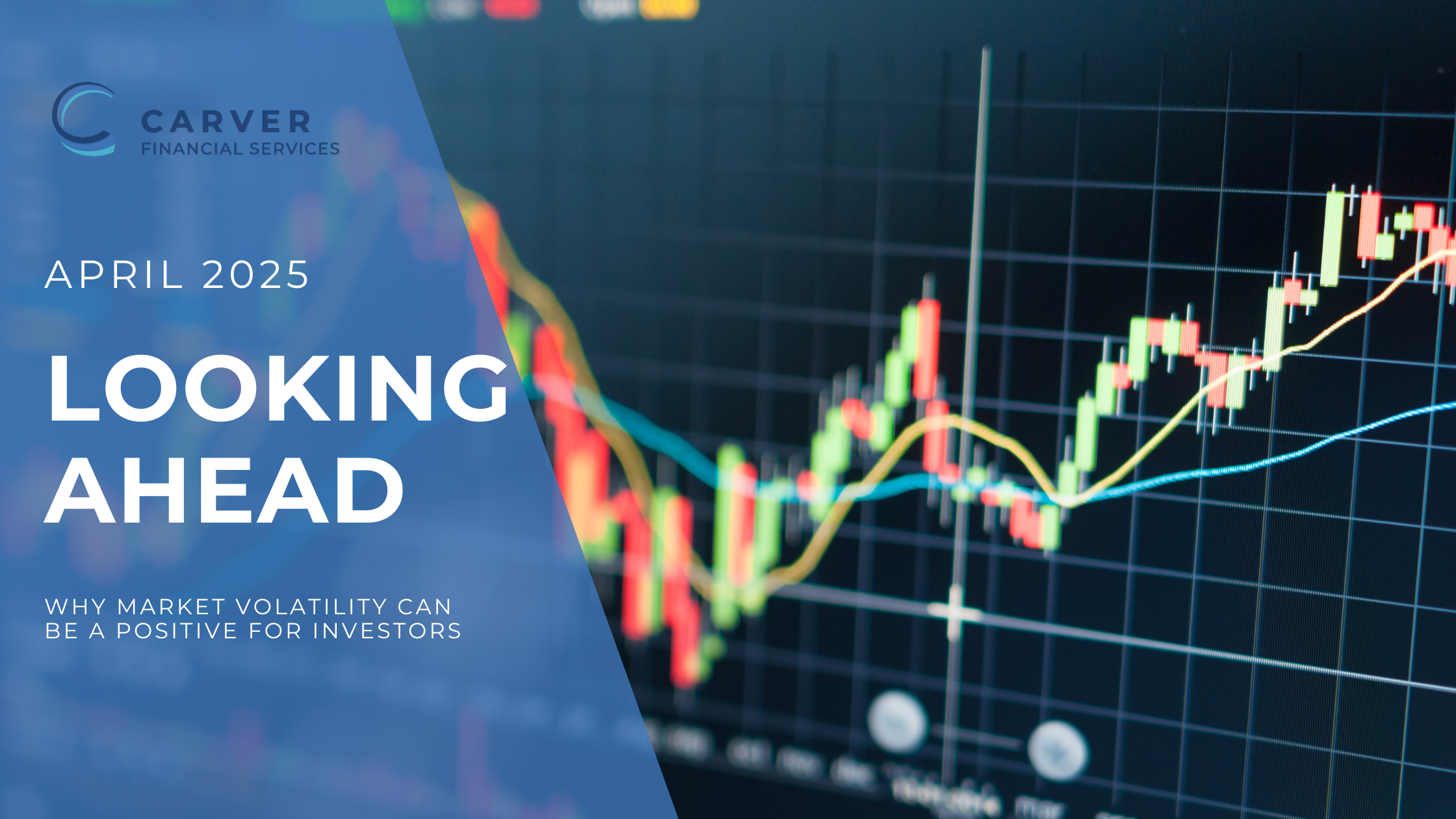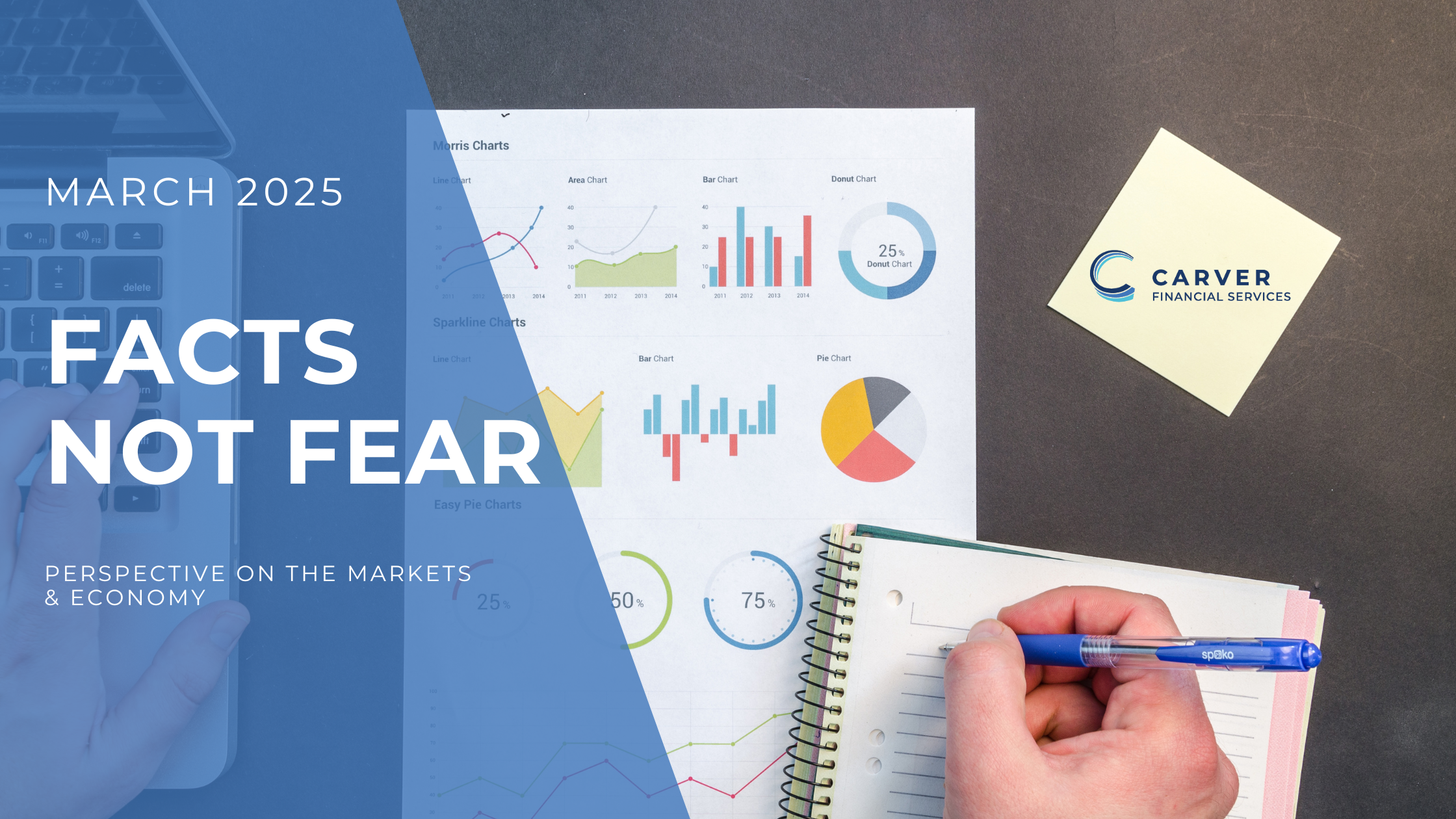
For many business owners, the great achievement of building a company often raises the next question: “When and how do I get out?” Exiting your business can be one of the most consequential financial decisions you’ll ever make. It touches not only the company you built, but your personal financial future, tax liabilities, estate considerations and legacy.
In this article we’ll explore the essential steps an owner should take before selling their business, how working with a financial advisor (and broader advisory team) makes a meaningful difference, and how to structure the sale in a way that both maximizes value and protects wealth.
1. Begin with clarity: Define your exit goals & timeline
Too many business owners drift into a sale opportunity rather than planning the exit proactively. According to the guide from SVA Certified Public Accountants, exit-planning should begin ideally 5–7 years before the desired exit date. SVA Certified Public Accountants+1
Ask yourself:
- When do you realistically want to leave? Is it tied to performance of the business, market conditions or personal goals?
- What do you want the sale to achieve — full liquidity, partial liquidity, handing over to family or key employees, or simply reducing your role?
- What will you do after you sell? Retirement, new venture, philanthropy, passive investment? Your post-sale lifestyle must shape your strategy.
When you define your goals and timeline early, you give yourself the runway to shape the business, prepare your personal finances, and avoid being forced into a sub‐optimal deal. As one advisory article notes: businesses that planned their exit 3–5 years in advance often realise 20–40% higher valuations than those who waited until a surprise or urgency. Mesirow
2. Build your advisory team & coordinate across business + wealth
A successful exit isn’t just a business transaction — it’s a personal wealth event. As you near the transition, you’ll want to assemble a team that may include:
- A valuation specialist to assess business worth and identify value drivers. SVA Certified Public Accountants+1
- A tax advisor experienced in transaction structures (asset sale vs stock sale, corporate form, etc.)
- A financial advisor or wealth manager who understands how the proceeds will fit into your broader personal plan (investment, lifestyle, legacy)
- An estate/trust attorney (if passing wealth or business interest to family)
- A business attorney for deal structure, buyer negotiation and transition agreements
The guide from SVA emphasizes that without this team aligned, you may damage value, incur unexpected taxes, or find yourself with a liquidity event you’re not ready to manage. SVA Certified Public Accountants
As you speak with your financial advisor, you’ll want to address not just how much you might get for the business, but how much you’ll keep after taxes, how that money fuels your next chapter, and how to protect it from avoidable risks.
3. Value the business, and enhance its attractiveness
Valuation: Know where you stand
Before you entertain offers, you should know what your business is worth and why. Key steps:
- Engage a professional valuation expert. preferredcfo.com+1
- Understand the multiples in your industry and what buyers care about (recurring revenue, customer concentration, management depth, growth prospects)
- Identify and rectify value detractors (over-dependency on you, weak financial controls, legal exposure)
Enhancing value: The “prep” phase
In the years before exit you can take deliberate steps to improve sellability and price:
- Build a strong management team so that the business isn’t overly dependent on you. SVA Certified Public Accountants+1
- Diversify customer base and reduce concentration risk.
- Clean up financial statements, trackable performance metrics, and documented systems.
- Consider your corporate structure: the business entity type (C-corp vs S-corp vs LLC) can influence tax outcomes and buyer interest. infosysbpm.com+1
The earlier you start these steps, the more options you will have and the better you position yourself for a favorable deal.
4. Timing matters: The market, the business & personal readiness
Timing is a strategic lever in an exit. Even if the business is performing strongly, waiting for the “right window” can make a big difference.
- Sell when performance is strong and momentum is clear — buyers pay more when future growth is visible.
- Monitor market factors: interest rates, M&A activity in your sector, buyer appetite and economic cycles.
- From a personal perspective: ensure you are ready — emotionally and financially — for life post-sale. The transition often surprises owners. preferredcfo.com
- Don’t hurry: As one firm put it, rushing an exit without proper planning can mean accepting significantly less value or more tax. Mesirow+1
5. Structuring the transaction for tax efficiency
This is where the interplay between business strategy and personal wealth planning comes into full view. The way the deal is structured has enormous impact on what you net and your future flexibility.
Asset sale vs. stock sale
- A stock sale often means the buyer acquires your shares and you may benefit from more favorable capital-gains treatment. But the buyer may negotiate harder because they assume liability for past operations. Calkins Law Firm+1
- An asset sale can allow the buyer to pick and choose assets, and the seller might incur higher taxes, but it sometimes is the only feasible structure depending on buyer motivation and jurisdiction. Harness
Installment sales & spreading tax liability
One strategy to reduce your immediate tax burden is to spread the sale proceeds over multiple years via an installment sale. This can keep you in a lower tax bracket and allow more flexible wealth-management post-sale. Calkins Law Firm+1
Specialized structures (e.g., ESOPs, trusts)
For certain business models, alternative exit vehicles may offer tax benefits and philanthropic or legacy advantages:
- An Employee Stock Ownership Plan (ESOP) is one option for passing ownership to employees while deferring tax. Harness
- Trust structures (e.g., Grantor Retained Annuity Trusts, Family Limited Partnerships) can play a role when you want to transfer value to the next generation. infosysbpm.com
International/tax jurisdiction issues
If you or your business operate across borders, or you are a non-resident owner, then cross-border tax implications, withholding, and jurisdictional risk become critical. Tailor your strategy accordingly.
Bottom line: tax planning isn’t an afterthought. It must be embedded in your exit strategy early — otherwise you lose bargaining power and strategic options.
6. Liquidity, wealth transition & preserving lifestyle
After the deal closes, you still face the challenge of what happens next with the proceeds. A great sale becomes a poor outcome if the funds are mis-managed, Zapped by taxes, or not aligned to your future.
Liquidity planning
- Avoid letting too much capital stay illiquid or tied up in restricted shares or earn-out agreements without a clear plan.
- With your financial advisor, map out a post-sale investment strategy: how much you’ll keep “liquid”, how much goes to growth, how much is protected.
- Consider tax-efficient vehicles for deploying capital — retirement accounts, trusts, charitable giving.
Lifestyle & wealth transition
- Define your lifestyle post-exit: What do you want? Travel? New ventures? Philanthropy?
- Align your budget and investment plan accordingly — the business sale proceeds must support your next chapter.
- If you intend for family or next generation to benefit, consider legacy planning, trusts, education funding, and appropriate governance.
Risk mitigation
- Even after the sale, you must manage risk: concentrated wealth, market volatility, inflation, tax law changes.
- Having a robust plan and advisor oversight protects the value you worked decades to build.
7. Common pitfalls and how to avoid them
Here are frequent mistakes business owners make when structuring an exit — and what to do instead:
Pitfall: Waiting until an offer triggers action.
Solution: Start the planning process years ahead. SVA Certified Public Accountants
Pitfall: Over-reliance on your business as the only asset for your retirement.
Solution: Work with your financial advisor to diversify — your exit should convert business value into a balanced personal wealth portfolio.
Pitfall: Ignoring tax consequences until it’s too late.
Solution: Make transaction structure and tax planning core components of your exit planning. Mesirow+1
Pitfall: Selling at a sub-par valuation or to the wrong buyer.
Solution: Prioritize buyer fit, business continuity, and value drivers, not only the headline price. preferredcfo.com
Pitfall: Failing to plan for life after the business.
Solution: Build your personal plan in parallel — what happens when you step away? What gives you purpose? What is your financial roadmap?
8. The role of your financial advisor: from “advisor” to strategic partner
A key message we want to emphasize: when you are planning a business exit, you need a financial advisor who is not just managing investments, but is integrated into your business-wealth ecosystem.
Here are ways an advisor adds value:
- Helping model the post-sale scenario: what you’ll have, what you’ll need, how you’ll invest and spend.
- Working with your tax advisor, business broker, attorney to ensure alignment of business sale structure with personal wealth goals.
- Guiding you through wealth-transition decisions: how much to keep, how much to give, how much to invest aggressively vs conservatively.
- Helping you address emotional/behavioral aspects of a liquidity event — many business owners face a “what now?” gap after the sale.
- Ensure that the proceeds don’t just sit idle or dissipate — they are actively managed in a plan consistent with your goals, risk tolerance and legacy objectives.
In the spirit of podcasts like BiggerPockets Money Podcast or Your Money – Your Wealth®, your advisor becomes a sounding board for “what I do next” after the business is sold — not just for “what do I invest in”.
9. Final checklist: Your pre-exit readiness
Before you accept an offer, run through this checklist:
☐ Have I defined my personal goals (financial, lifestyle, legacy) for after the sale?
☐ Does my advisory team cover business valuation, tax planning, transaction structuring, personal financial planning and estate/legacy?
☐ Do I know the realistic valuation of my business today, and what value levers I can pull to improve it?
☐ Have I considered the optimal timing for exit — business performance, market conditions, personal readiness?
☐ Have I coordinated tax-efficient deal structure (stock vs asset sale, installment sale, trusts, etc.)?
☐ Do I have a liquidity strategy for the sale proceeds? How much stays liquid, how much is invested, how much is protected?
☐ Do I have a wealth transition plan (for family, charitable giving, legacy)?
☐ Have I prepared my team and business for transition (management, documentation, governance to enable buyer comfort)?
☐ Have I thought about my role (if any) post-sale, and how I’ll engage with new opportunities or move into retirement?
☐ Have I stress-tested “what if” scenarios (market downturn, tax law changes, buyer delays)?
10. Why this matters — not just for the business, but for your wealth
Selling a business is more than handing over the keys. It represents liquidity, freedom, and a new phase of life — but it also poses risk. Without proper preparation, you may end up with less value, more tax, or uncertainty about what comes next.
When you start early, define your goals, build your team, prepare the business and structure the deal with tax-awareness, you move from transaction mode to transformation mode — turning decades of hard work into a meaningful next chapter of personal wealth and purpose.
As the experts say, your business is not your retirement plan — it’s the asset you convert into one. Your next stop isn’t the sale closing—it’s the life you live afterwards. Align those two and you’ll be in a position to exit with confidence, keep more of what you’ve built, and protect the wealth that your business enabled
You can contact us at randy.carver@raymondjames.com or (440) 974-0808.
Any opinions are those of Randy Carver and not necessarily those of Raymond James. This material is being provided for information purposes only and is not a complete description, nor is it a recommendation. The information has been obtained from sources considered to be reliable, but we do not guarantee that the foregoing material is accurate or complete.


